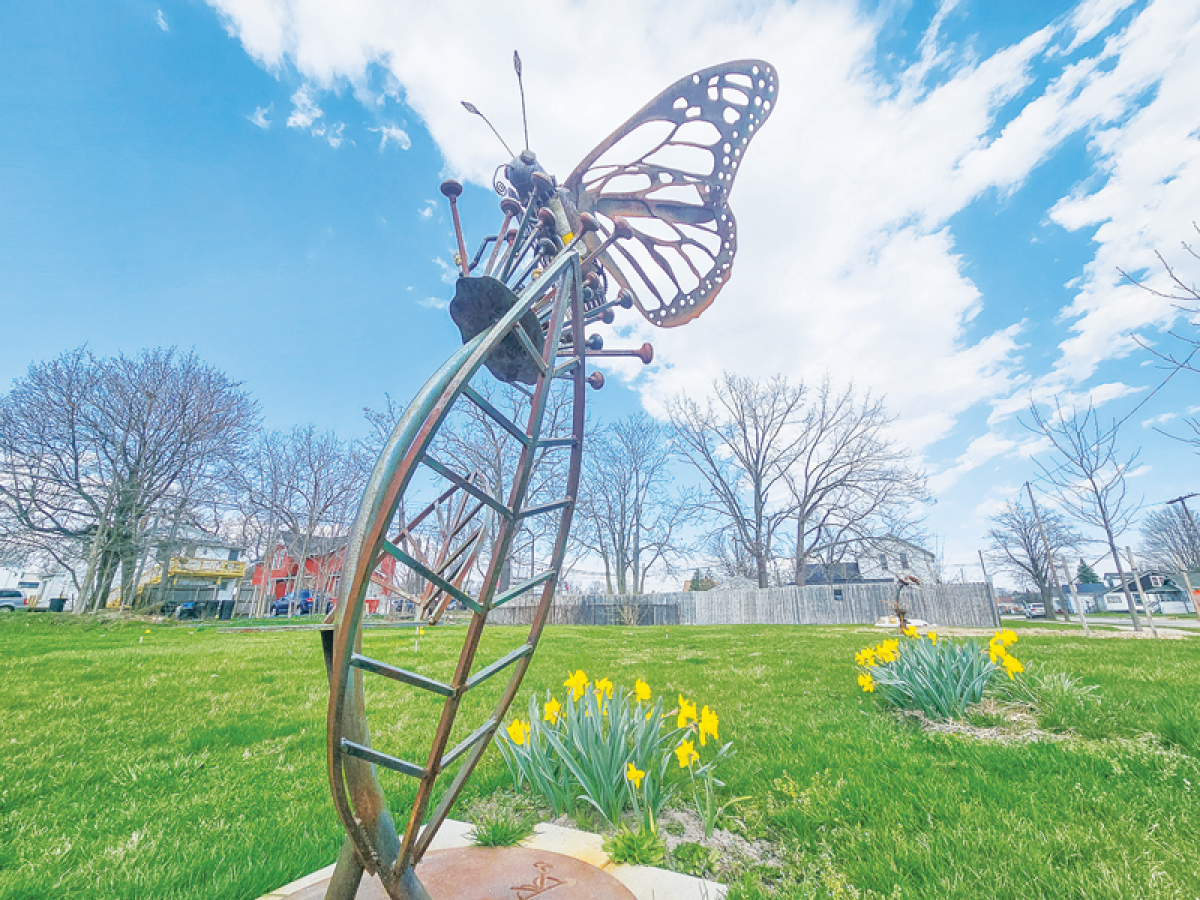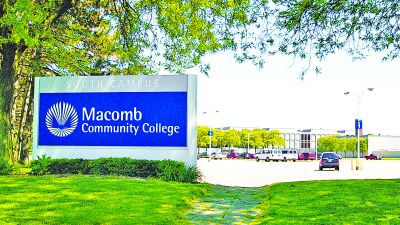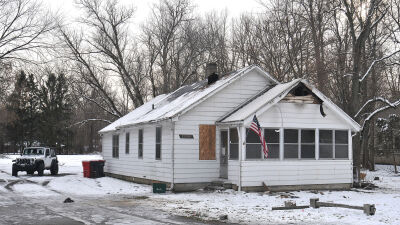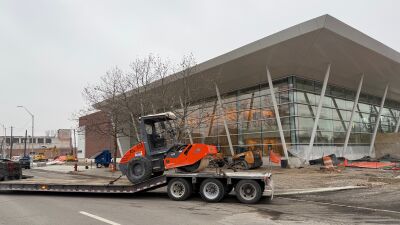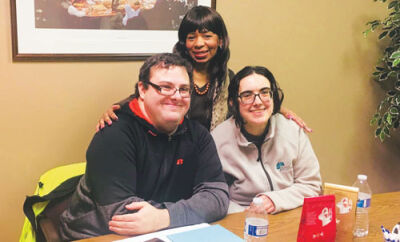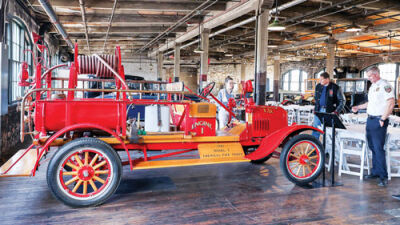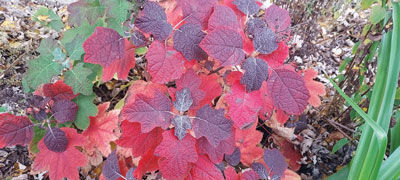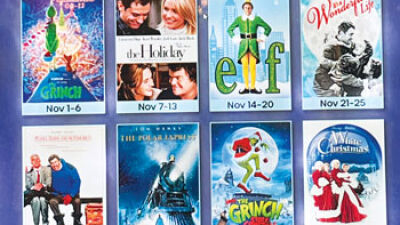MOUNT CLEMENS — Tucked between the homes and shops of bustling Gratiot Avenue is a lot at what would be 17 Gratiot, just off the road’s northbound stretch. Grass and statues and little else stand there now, but it will not be long until the land becomes the Macomb Cultural and Economic Partnership’s pollinator park.
“The pollinator park in Mount Clemens is an attempt at providing a nice gateway to a great city,” said Ed Bruley, MCEP secretary and treasurer. “It will be a combination of a park with species of plants to attract pollinators. We’ll have 60-70% of the plants be native midwestern species.”
The park is downwind of the MCEP’s sculpture project, which has seen the organization install 34 sculptures along Gratiot and throughout Mount Clemens and Clinton Township.
“MCEP has been having a sculpture program in northbound/southbound Gratiot and South Main (Street) for about six years now,” Bruley said. “We also have volunteer gardeners who come and help enhance the sculptures that we have. So, it was an outgrowth of all of those thoughts — putting together sculptures, gardening and reading.”
Sculptures will be included in the pollinator park. Sculptor Kyle Burnett, of Battle Creek, has already created three pieces for the park — a bee, a hawk moth and a butterfly — while the brothers Erik and Israel Nordin will provide a fourth piece for the park that is planned to include a giving library. The Nordin brothers recently created the David Bonior tree sculpture, which is located along Gratiot Avenue in Clinton Township.
“It was really great,” Burnett said of providing his sculptures to the project. “(The MCEP) are really supportive of the art community. If you go to Mount Clemens you can clearly see they value art. It was a really good opportunity to put my stuff in a city that could appreciate it.”
Though sculptures are a nice way to liven up the spot, pollinating insects and the plants they will feed upon are the true stars of the park. Burnett’s work showcases some of the bugs that will keep the park lively, but making the land workable for plants has been a chore.
“This is obviously a piece of property that used to be a house at one time in history,” Bruley said. “I don’t remember it being that, but you can tell by how the land is not flat. We also needed to figure out a way of getting water, so we had to work and get a plumber in to fix that. Native species should not demand constant watering, but to get them started, you need to have a water source, so that was a challenge.”
Bruley says the park should be all grown in and ready by the end of the fall.
“People can come and visit any time and see the progress,” Bruley said. “People can come right now and sit with the butterfly, bee and moth. It is, in a sense, open, but it isn’t complete in the way we would hope it to be with all the plantings and we have one more sculpture to install. It is in the process of becoming, but people can come and look at the progress as we move along.”
 Publication select ▼
Publication select ▼